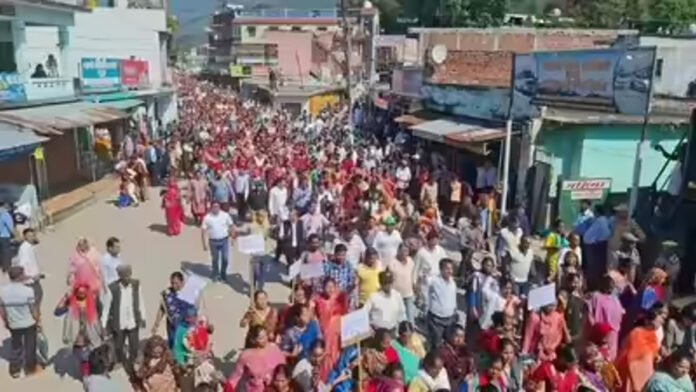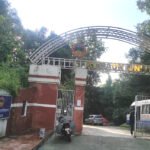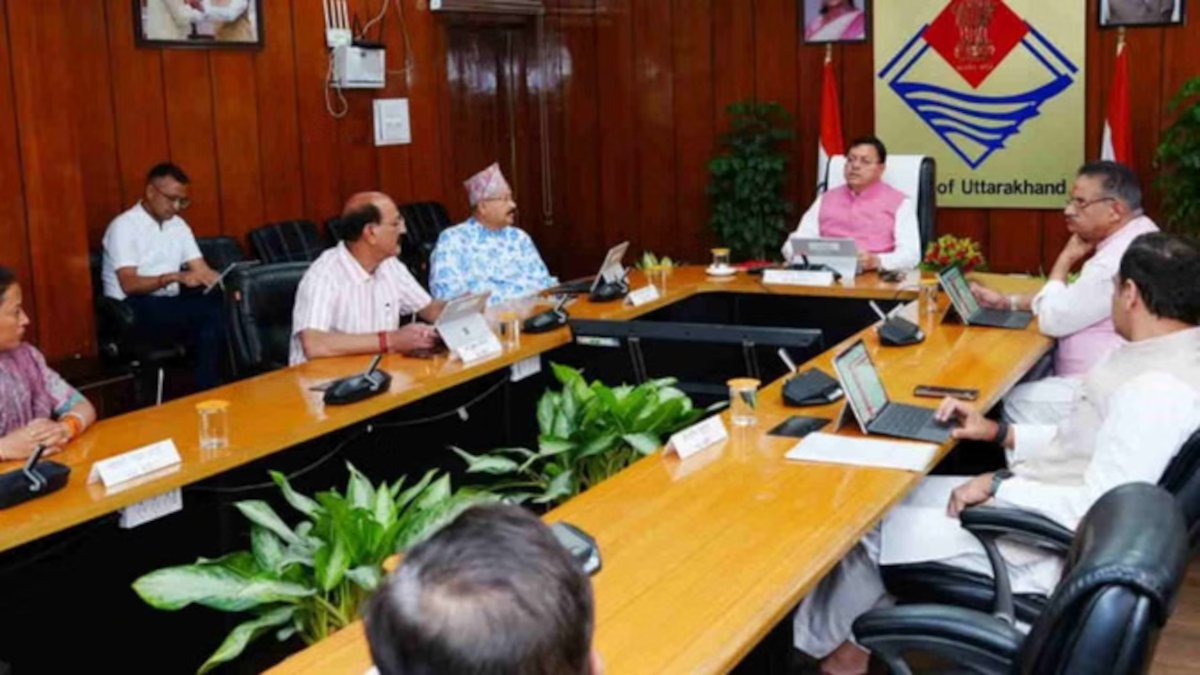The ongoing Health Operation Movement in Chaukhutia, Almora district, has entered its fifteenth day, gaining significant momentum as women from across the region have joined in large numbers to demand better healthcare facilities. The growing participation of women has transformed the agitation into a broad-based community movement, reflecting rising public frustration over poor medical infrastructure in the hill areas.
Our correspondent reports that the movement, which began as a local campaign for improved medical services, has now turned into a major civic protest. Residents have been demanding that the government restore and upgrade healthcare services at the Chaukhutia Community Health Centre (CHC) and other nearby health units. Protestors say that despite repeated assurances, essential facilities such as emergency wards, specialist doctors, diagnostic equipment, and maternal care units remain unavailable.
As the agitation continues, women have assumed a central role, participating in sit-ins, marches, and symbolic hunger strikes. Their involvement has given the movement renewed strength and visibility, underscoring the collective determination of the people to secure proper healthcare access.
Our correspondent adds that many of the women participating in the movement are from remote villages surrounding Chaukhutia, some of whom have walked long distances to join the demonstrations. They say that inadequate medical facilities have forced villagers to travel to Ranikhet or Haldwani, even for basic treatment, often endangering patients’ lives during emergencies.
The protesters have been staging their demonstration peacefully, with placards and slogans demanding regular medical staff, better ambulance services, and round-the-clock emergency care. They have also appealed to the state government to ensure that doctors posted in rural areas remain on duty rather than seeking transfers to urban hospitals.
Local leaders and social organisations have extended their support to the movement. Several community representatives addressed the gathering, urging the authorities to act swiftly before the situation escalates further. They pointed out that the lack of adequate healthcare has been a long-standing problem in the mountainous and border regions of Uttarakhand, and that the people’s patience is now wearing thin.
The demonstrators have set up a makeshift protest site near the Community Health Centre, where they have been holding public meetings and awareness sessions on rural health rights. The campaign also highlights issues such as shortage of medicines, absence of diagnostic labs, and poor maternal healthcare facilities in the area.
Our correspondent reports that the administration has taken note of the protest and initiated dialogue with the movement’s organisers. Officials have assured that the concerns will be conveyed to higher authorities and necessary measures will be implemented to address staffing and infrastructure shortages. However, the protestors have said that they will continue their demonstration until formal government orders are issued to upgrade the existing health centre into a fully equipped sub-district hospital.
Residents participating in the agitation expressed that the health centre’s present condition reflects the larger neglect of rural Uttarakhand, where access to quality healthcare remains a challenge. They emphasised that the government must recognise healthcare as a fundamental right and ensure equitable development between urban and remote regions.
Women participants, in particular, have said that the protest represents a fight for dignity and survival. They noted that the absence of proper maternity and emergency facilities often leads to avoidable tragedies in the villages. “We are not asking for luxury hospitals, only for what is necessary to save lives,” one protester was quoted as saying.
Local observers believe that the movement could prompt broader public mobilisation across other hill districts facing similar healthcare issues. The Health Operation Movement continues to draw growing support from students, shopkeepers, and local volunteers, signalling a rising tide of grassroots activism in the region.



























